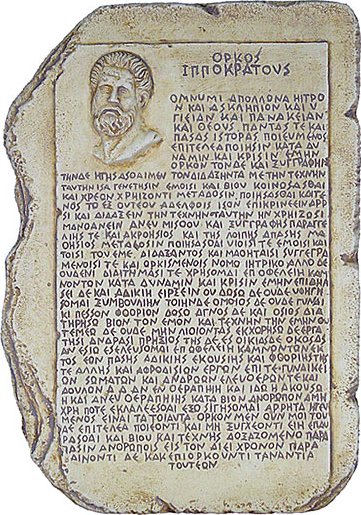USA — The Lethal Injection Controversy
Tuesday, August 1, 2006 by Billy
| A physician, as a member of a profession dedicated to preserving life when there is hope of doing so, should not be a participant in a legally authorized execution. Code of Ethics of the
Doctors should not be in the job of killing. Those who do participate in this barbaric act are shameful examples of how a profession has allowed its values to be corrupted by state violence. Editorial | |
Lethal injection, now the most common way people are legally killed in the USA, is supposed to be humane, and thus not in violation of the Eighth Amendment of the Constitution of the United States, that proscribes cruel and unusual punishment.
It takes place the following way: the condemned person is strapped to a gurney. Two intravenous lines are inserted and kept open with saline solution. The injection team then administers first, sodium thiopental (a barbiturate) to induce anaesthesia, then pancuronium bromide (a curare) to cause paralysis, and last a bolus of potassium chloride to induce cardiac arrest.
It may seem to be, say... “clean”. However, a study published in the Lancet in 2005 found that despite a theoretically lethal dose of barbiturate, 21 of 49 executed US inmates had postmortem thiopental concentrations consistent with consciousness. In addition, records from San Quentin prison revealed that 6 among 13 inmates executed by lethal injection in California continued to breathe until after pancuronium had been injected.
In other words, people executed that way are probably conscious sometimes. Of course, because they are paralysed, no one knows if they die awake but paralysed, unable to move, breathe, and scream, when potassium burns through their veins. For the record, 19 US states, including Texas, prohibit the use of neuromuscular blocking agents (aka curares) to kill... animals.
Relying on the study above, a judge in California ruled out in 2006 that, in order to avoid excessive pain which would violate the 8th Amendment of the US Constitution, the state can execute a prisoner, but must either rely solely on thiopental, or else have a qualified individual confirm unconsciousness before the injection of pancuronium and potassium chloride. As a result, Californian officials have had to postpone executions after they were unable to find any medical personnel willing to participate.
Similar constitutional challenges have effectively put executions on hold in several US states, until what is usually called now the lethal injection controversy is resolved.



Post a Comment